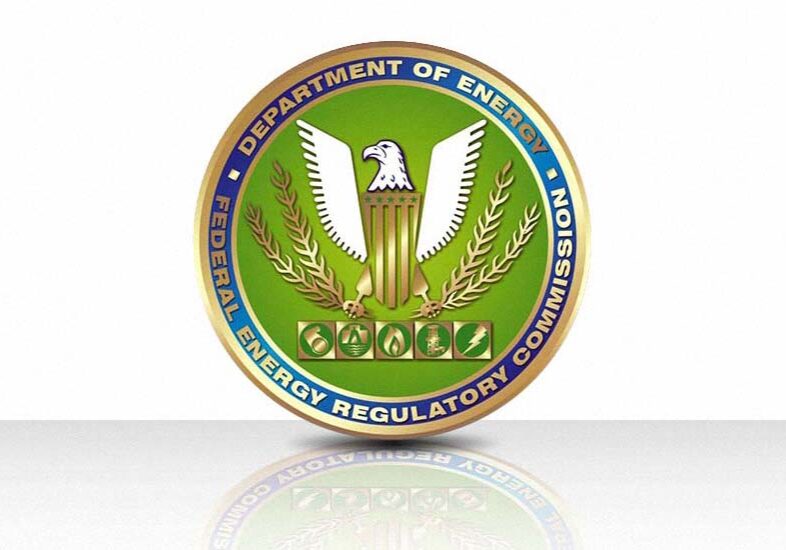Grid cybersecurity bill reintroduced in Senate

Murkowski
Sen. Lisa Murkowski (R., Alaska) last week reintroduced legislation from 2019 to enhance the security of the U.S. electric grid. According to Murkowski, the Protecting Resources on the Electric Grid with Cybersecurity Technology (PROTECT) Act would enhance electric grid security by incentivizing electric utilities to make cybersecurity investments.
Introduced in the Senate on April 28 as S. 1400, the bill would also establish a Department of Energy grant and technical assistance program to deploy advanced cybersecurity technology for utilities that are not regulated by the Federal Energy Regulatory Commission (FERC). Cosponsors of the PROTECT Act include Sens. Joe Manchin (D., W.Va.), Jim Risch (R., Idaho), Angus King (I., Maine), and Jacky Rosen (D., Nev.).









